Aceh Reviews : History Of Aceh #1
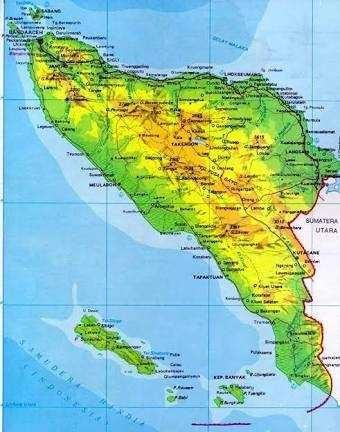
Aceh is a province of Indonesia. Aceh is located on the northern tip of the island of Sumatra and is the most western province in Indonesia. The capital is Banda Aceh. The population of the province is about 4,500,000 inhabitants. It is close to the Andaman and Nicobar Islands of India and is separated by the Andaman Sea. Aceh is bordered by the Bay of Bengal to the north, the Indian Ocean to the west, the Malacca Strait in the east, and North Sumatra in the southeast and south. Aceh is regarded as the starting place for the spread of Islam in Indonesia and plays an important role in the spread of Islam in Southeast Asia. At the beginning of the 17th century, the Sultanate of Aceh was the richest, strongest, and most prosperous state in the Strait of Malacca. Aceh's history is colored by political freedom and strong resistance to the control of foreigners, including former Dutch colonialists and the Indonesian government. When compared with other provinces, Aceh is a very conservative region (upholding religious values). The percentage of Muslim population is the highest in Indonesia and they live according to Islamic sharia. Unlike most other provinces in Indonesia, Aceh has its own autonomy regulated for historical reasons.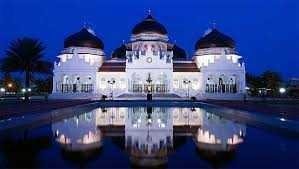
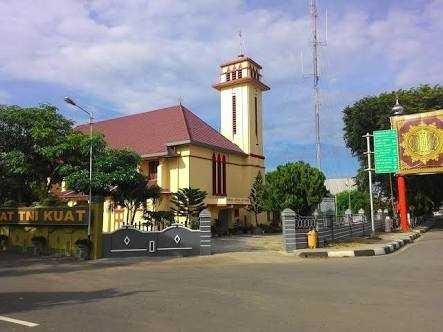
Aceh has abundant natural resources, including petroleum and natural gas. Some analysts estimate Aceh's natural gas reserves are the largest in the world. Aceh is also famous for its forests located along the Bukit Barisan range from Kutacane in Southeast Aceh to Ulu Masen in Aceh Jaya. A national park called Gunung Leuser National Park (TNGL) was established in Southeast Aceh. Aceh is the land closest to the epicenter of the 2004 Indian Ocean earthquake. After the earthquake, tsunami waves hit most of the province's west coast. About 170,000 people died or disappeared as a result of the disaster. This disaster also encouraged the creation of a peace agreement between the government of the Republic of Indonesia and the Free Aceh Movement (GAM).
The origin of the name
Aceh was first known as Aceh Darussalam (1511-1959), then Aceh Special Region (1959-2001), Nanggroë Aceh Darussalam (2001-2009), and last Aceh (2009-present). [13] Previously, Aceh's name was usually written by Acheh, Atjeh, and Achin.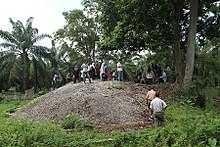
Aceh has been inhabited by humans since the days of Mesolithic, as evidenced by the existence of Bukit Kerang site that is claimed as a relic of the era in Aceh Tamiang district. In addition to other sites called the Village Site Base has also been done excavations and successfully found artifacts relics from the times of Mesolitikum Sumatralith ax, human teeth fragments, rhinoceros bone, and some other simple equipment. In addition to the district of Aceh Tamiang, relics of prehistoric life in Aceh are also found in the Gayo highlands precisely in Ceruk Mendale and Ceruk Ujung Karang which is located around Lake Laut Tawar. The discovery of this prehistoric site reveals evidence of prehistoric human settlements that have been taking place here at about 7,400 to 5,000 years ago.
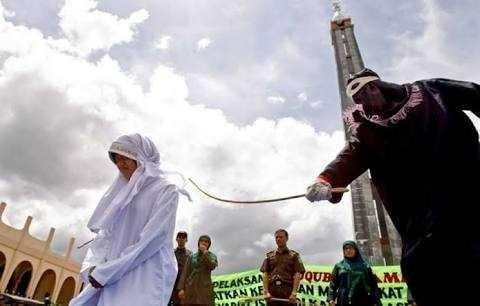
The current system of governance in Aceh is 2, namely the Local Governance System of Aceh and the Indonesian Government System. Based on the gap, the apparent difference is the existence of the Mukim Administration between the kecamatan and gampong. Since 1999, Aceh has experienced several regional divisions up to now reaching 5 municipal governments and 18 districts.
Aceh is a region rich in art and culture of other parts of Indonesia. Aceh has a variety of distinctive cultural arts such as dances, and other cultures such as:
- itemMeuseukee Eungkot (a tradition in the Aceh Barat area)
- itemPeusijuek (or Flour in Malay tradition)
Literature
- Bustanussalatin
- The saga of Prang Sabi
- Hikayat Malem Diwa
- Legend Amat Rhang Manyang
- Legend of Putroe Neng
- Legend of Magasang and Magaseueng
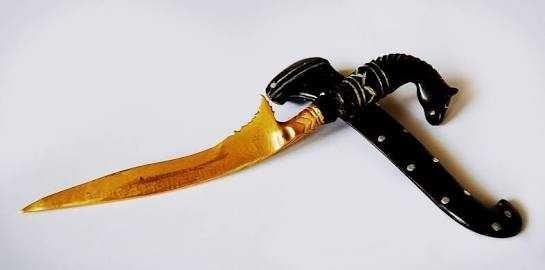
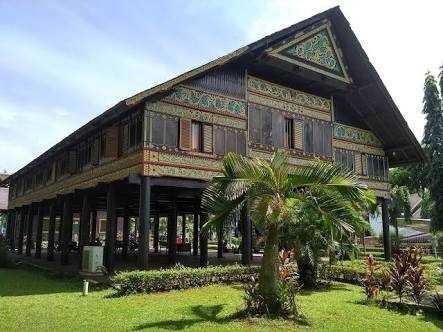
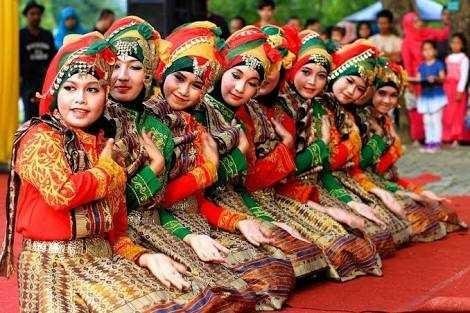
Rencong is a traditional weapon of Aceh tribe, its shape resembles the letter L, and when viewed more closely its form is calligraphy writing bismillah. Rencong belongs to the dagger category. In addition to rencong, Acehnese also have several other special weapons, such as panyang sikin, peurise awe, peurise teumaga, siwah, geuliwang and peudeueng. The traditional house of Acehnese tribe is called Rumoh Aceh. This traditional house type bertipe stage with 3 main parts and 1 additional section. The three main parts of Aceh's house are seuramoë keuë (front porch), seuramoë teungoh (middle porch) and seuramoë likôt (back porch). While 1 additional part is rumoh dapu (home kitchen). The province of Aceh, which has at least 10 ethnic groups, has a wealth of dance that is very much and also very amazing. Some of the famous dances at national and even world level are dances originating from Aceh, such as Rateb Meuseukat Dance and Saman Dance.
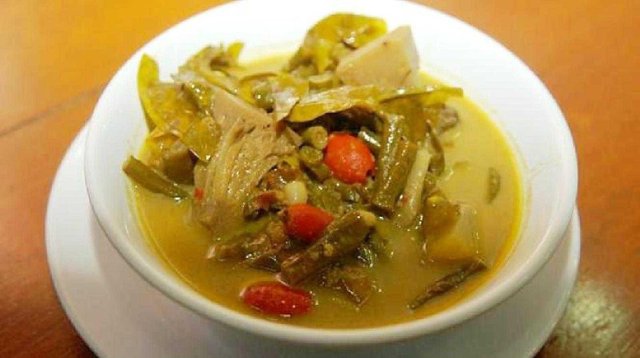
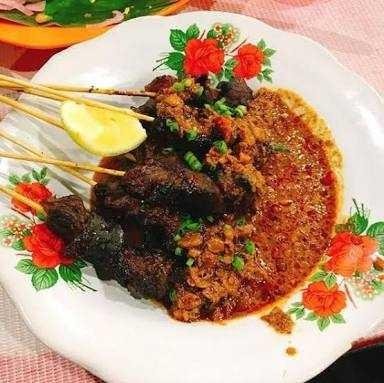
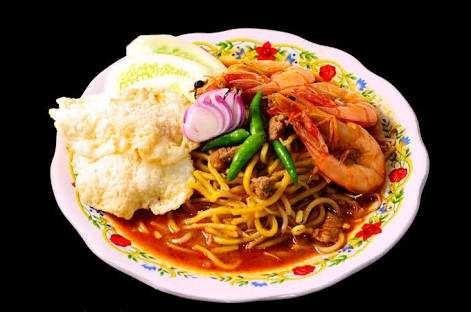
Aceh has a unique variety of foods. Among other timphan, duck curry, delicious goat curry, Pliek U Gulai and meuseukat are rare. Besides that, emping melinjo from Pidie district is famous for tasty, Sabang dodol made with various flavors, sticky durian (dried ngon bu leukat bum), and sweet cake from Peukan Bada, Aceh Besar can also be a mainstay for Aceh. In Pidie Jaya famous for its distinctive Meureudu cake is adèe. While in the district of North Aceh we commonly find other typical culinary martabak durian delicious. The most famous culinary of Bireuen is mature satay which is a roasted beef or goat satay originally from Matang Glumpang Dua town. The typical food of Langsa City which is famous to all over Indonesia is Sop Sumsum which is a beef bone soup containing marrow in bone and the beef bone has been cut to be able to enjoy the marrow using a straw or pour it directly onto the plate. This bone marrow beef bone marrow is served hot with pieces of beef formulated with very tasty and delicious using a blend of typical spices of Aceh. While the typical culinary Aceh which is also very famous even to foreign countries is Mie Aceh, a kind of wet yellow noodles are formulated with a spicy nan typical spice.
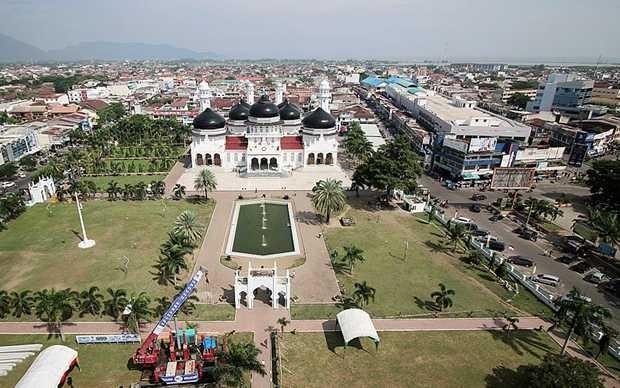
Before the December 26, 2004 tsunami, fisheries were one of the pillars of the local economy in Aceh, contributing 6.5 percent of the Gross Regional Income (GDP) of 1.59 trillion in 2004 (Aceh Fisheries and Marine Service 2005). Potential production of capture fishery reaches 120,209 tons / year while aquaculture reaches 15,454 tons / year in 2003 (Dinas Perikanan dan Laut Aceh 2004). Fishery production is evenly distributed, both in the Indian Ocean and the Malacca Strait. The fishery industry provides more than 100,000 jobs, 87 percent (87,783) in the catch fisheries sub-sector and the remaining (14,461) in the aquaculture fishery sub-sector. Around 53,100 people make fisheries the main livelihood. However, 60 percent are small fishermen using small boats. Of the approximately 18,800 units of boats / fishing boats in Aceh, only 7,700 units are able to go offshore. Large-scale fishing fleets mostly operate in Aceh Utara, East Aceh, Bireuen, West Aceh and South Aceh. According to Nurasa et al. (1993), Aceh fishermen mostly use hook and line fishing equipment. Other fishing gear is trawl, purse seine, trawling net, gill net, pay web, basic net, nets and others. This industrial supporting infrastructure includes a major fishing port in Banda Aceh, 10 major fish auction ports (PPIs) in 7 districts and a number of small fish auction sites (TPIs) in 18 districts / cities. In addition there are 36,600 hectares of ponds, mostly semi-intensive ponds owned by small capital fishers. These ponds are scattered in North Aceh, Pidie, Bireuen and East Aceh. Indonesia's Ministry of Marine Affairs and Fisheries (DKP) runs a training and training center (Pusdiklat), a research and development (Puslitbang) cultivation center, a fishery quality testing laboratory and a training ship. In each district / city, there are fisheries and marine agencies. Total assets in the pre-tsunami fisheries sector reached approximately Rp 1.9 trillion.
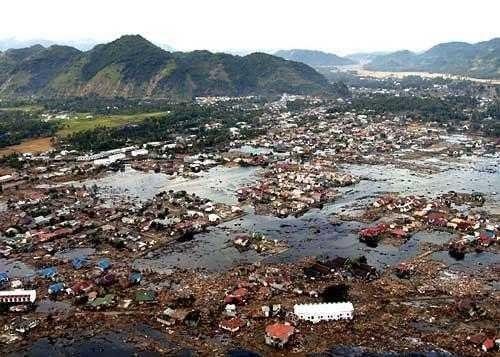
The National Development Planning Agency / Bappenas (2005) estimates 9563 units of boats destroyed or drowned, including 3969 (41.5%) boats without motorcycles, 2369 (24.8%) motorized boats and 3225 (33.7%) large motorboats 5-50 tons). In addition, 38 TPI units were heavily damaged and 14,523 hectares of ponds in 11 districts / cities were severely damaged. It is estimated that the total direct losses due to the tsunami hit Rp 944,492.00 (50% of total assets), while total indirect losses totaled Rp 3.8 billion. Most of the losses come from damages of ponds. The damage to the cultivated ponds spread evenly. Even in areas with less tsunami impacts (eg in South Aceh), stagnant ponds are not easily repaired and reused. Total losses reached Rp 466 billion, about 50 percent of the total loss of the fishery sector. The biggest economic loss comes from loss of income from the fishery sector (catch and cultivation). The loss of a large number of fishermen, the loss or destruction of fishery facilities and infrastructure including fishing gear and boats and the destruction of ponds make the number of losses so great. It is estimated that fishery production in Aceh will drop to 60 percent. The recovery process is estimated to take at least 5 years. In the capture fishery sub-sector, it is even suspected that it takes longer (about 10 years), because the number of fishermen lost or died in addition to the destruction of large numbers of boats or fishing gear. Based on this assumption, the total losses that may occur until the sector is fully recovered and returned to pre-tsunami conditions is estimated at Rp 3.8 trillion.
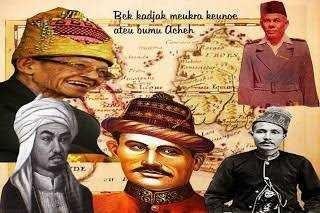
Acehnese nation is a persistent nation in maintaining its independence. The persistence of the Acehnese wars can be seen and proven by a number of heroes (both male and female), as well as other evidence (four Dutch generals perished in the Aceh war, and Kerkoff Peucut's tomb once recorded as the largest Dutch tomb outside the Netherlands).
- Cut Nyak Dhien
- Cut Nyak Meutia
- Admiral Malahayati
- Pocut Baren
- Teungku Fakinah
- Sultan Iskandar Muda
- Teungku Chik Di Tiro
- Teuku Umar
- Commander Polem
- Teuku Nyak Arif
- Mr. Teuku Muhammad Hasan
So many reviews about aceh, hopefully useful.